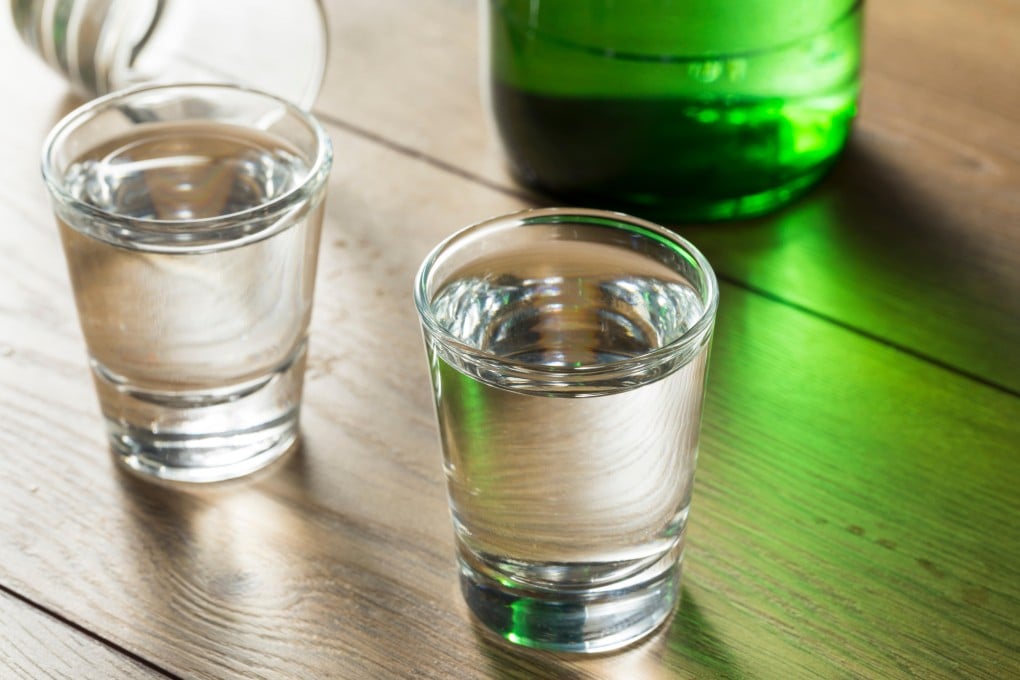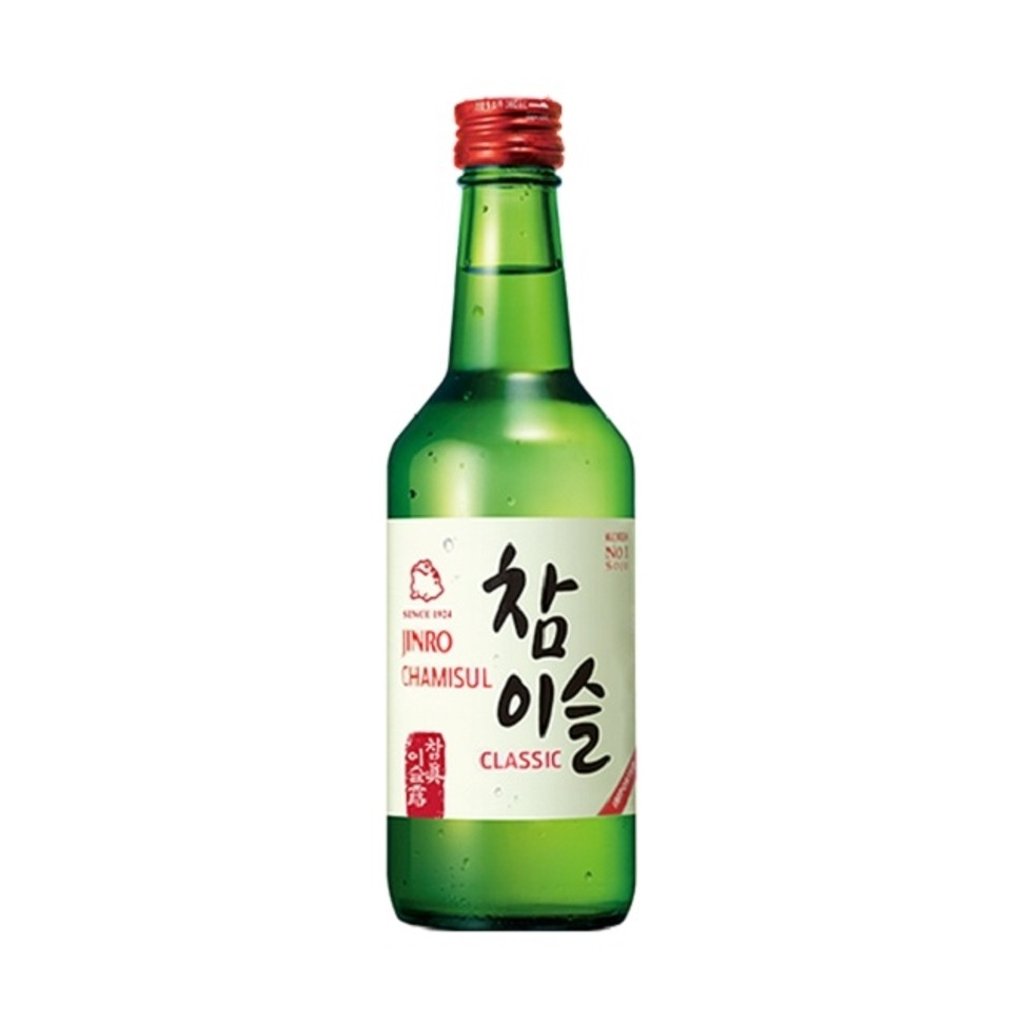Soju: the secret to drinking South Korea’s favourite tipple, not to be confused with Japanese shochu
- Clear in appearance, soju is smooth, with a clean taste, viscous texture and hints of sweetness on the finish
- The average Korean aged over 20 drinks 87 bottles of soju a year, or 1½ bottles per week

Soju is South Korea’s most popular tipple. It is also widely drunk in Japan and China.
The origins of soju go back to the Chinese pinyin rendering of shaojiu, or burned spirit/liqueur. In the 13th century, the Mongols introduced the distillation process to Korea.
Because soju is distilled, it has been described as being similar to vodka. It is not, because soju is much lower in alcohol. Compared with wine and beer, it packs a good punch, coming in at 20 to 24 per cent alcohol, but that is still low compared with vodka’s 40 per cent.
Soju is traditionally made from a blend of rice and other grains, but between the 1960s and 90s, when rice was in short supply – especially during the Korean war – other starches, such as sweet potato, were used.

From the late 90s, a few producers began distilling a more premium, handcrafted soju that is higher in alcohol, and made from grains rather than rice. Andong and Hwayo are brands to look for – their sojus can contain up to 53 per cent alcohol.
Whatever it is made from, soju is clear in appearance. It’s smooth, with a clean taste, viscous texture and hints of sweetness on the finish, and blends well with whatever food is on the table.
